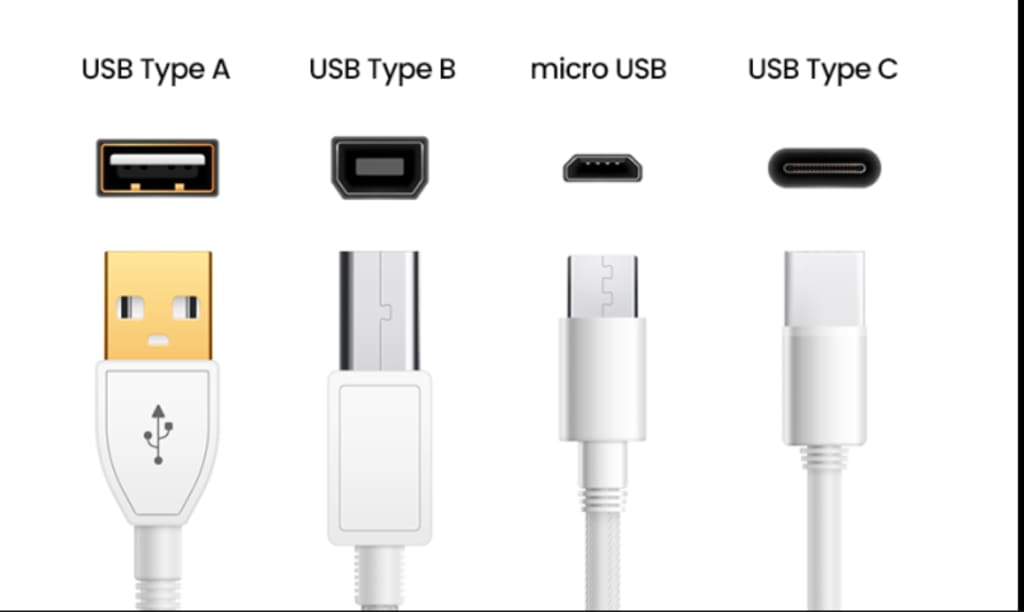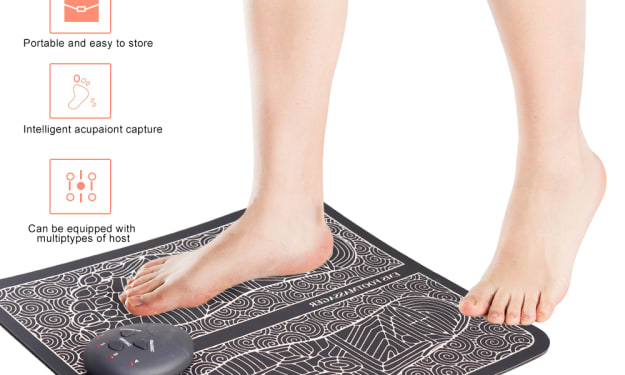
INTRODUCTION :
Smartphones have become an indispensable part of our daily lives, keeping us connected, entertained, and productive. However, one persistent challenge that smartphone users face is the need for frequent charging due to limited battery life. The time it takes to charge a smartphone can often be a frustrating experience, causing inconvenience and disrupting our activities. In response to this issue, technology companies have been continuously developing and improving fast charging cable technology to provide users with faster and more efficient charging experiences.
1. First-Generation Fast Charging Cables:
The first-generation fast charging cables emerged as a solution to address the slow charging speeds of standard USB cables. These cables utilized the previous USB 2.0 standard and were capable of delivering higher charging speeds compared to their predecessors. While they marked a significant improvement, they still fell short of meeting the increasing demands of smartphone users who sought even faster charging times.
2. Quick Charge and Fast Charging Standards:
To further enhance charging speeds, Qualcomm introduced its Quick Charge technology. Quick Charge-enabled devices could be charged at higher wattages using compatible chargers and cables, significantly reducing charging times. Other smartphone manufacturers also developed their own fast charging standards, such as Samsung's Adaptive Fast Charging and Huawei's SuperCharge. These technologies introduced optimized chargers and cables that were specifically designed to deliver faster charging experiences, addressing the need for quick power top-ups on the go.
3. USB-C and Power Delivery (PD):
The introduction of USB-C connection standard marked a significant leap in charging technology. USB-C cables are capable of delivering higher power transfer rates, allowing for faster and more efficient charging. Moreover, USB-C cables integrated with the Power Delivery (PD) protocol enabled devices to negotiate power requirements and deliver the optimal charging voltage and current for the connected device. This technology not only improved charging speeds but also facilitated compatibility across various devices, enabling users to charge their smartphones, laptops, and other USB-C devices using a single cable.
4. Wireless Fast Charging:
In recent years, wireless fast charging technology has gained popularity as a convenient alternative to traditional wired charging. Wireless charging pads based on the Qi standard allow users to charge their smartphones by simply placing them on the charging surface. While wireless charging was initially slower compared to wired charging, advancements in technology have significantly improved its speed and efficiency. The latest generation of wireless charging pads can deliver fast charging speeds, enabling users to charge their smartphones quickly and conveniently without the hassle of connecting cables.
5. Future Innovations:
The development of smartphone fast charging cable technology shows no signs of slowing down. Manufacturers are continuously working on further improving charging speeds, efficiency, and user experience. Future innovations may include advancements in cable materials to enhance durability and flexibility, reducing the risk of cable fraying or tangling. Additionally, the incorporation of smart features like intelligent power management and thermal regulation could further optimize the charging process and ensure device safety.
Conclusion:
The evolution of smartphones fast charging cables has significantly transformed the way we charge our devices. From the early days of first-generation fast charging cables to the introduction of Quick Charge, USB-C, and wireless charging, technology companies have strived to provide users with faster and more efficient charging experiences. As we look to the future, we can expect continued advancements in fast charging technology, offering even faster charging speeds, enhanced convenience, and improved compatibility across devices. These innovations will undoubtedly contribute to the seamless integration of smartphones into our daily lives, empowering us to stay connected and productive without the constraints of limited battery life.
(CLICK HERE FOR THA BEST PRODUCT TO USB CHARGER)
About the Creator
TechWhiz
Hello! I'm TechWhiz, a tech enthusiast and explorer. I love gadgets, coding, and all things tech. Join me on my blog for reviews, tips, and the latest in technology news. Let's dive into the exciting world of tech together!






Comments
There are no comments for this story
Be the first to respond and start the conversation.